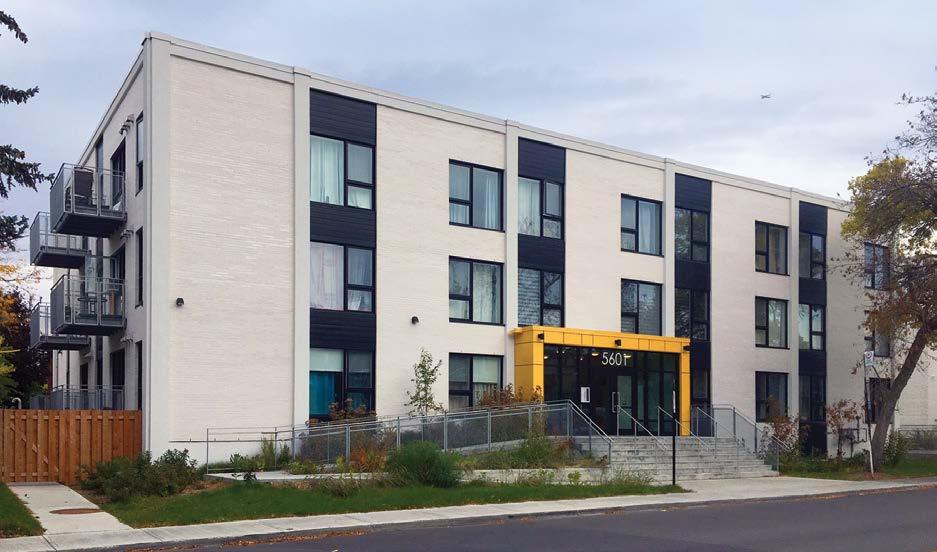
1 minute read
NFPAVISITUSAT BOOTH#825
an exemption from strength requirements. This was because, at the time, it was the only type of glass that slowed the spread of fire and smoke when broken, i.e. by retaining shattered glass within the frame.
Wired glass is not safety glass. It breaks into shards held together by wires that can snare victims, lacerating, maiming or even killing them. In general, it should not be used where safety glazing is required and human impact is possible.
In its 2020 edition, the National Building Code began to address this issue by requiring safety glazing in assembly occupancies to conform to the new safety glass standard, CAN/CGSB 12.1, Safety Glazing. Wired glass does not pass this standard. Instead, safety glazing is required in windows and doors where human impact is possible in assembly occupancies.
It is important to note that while these code changes eliminate the use of traditional wired glass in areas where safety glazing is required, they do not constitute a complete ban. Traditional wired glass can still be used in fire-rated window assemblies in locations out of reach for most human contact, such as transoms.
Confusion still exists, however, between the terms ‘safety glass’ and ‘fire-rated glass.’ References to “wired safety glass” in the National Building Code and the withdrawn standard CAN/CGSB 12.11-M90, for example, should be removed.
And indeed, the Canadian General Standards Board’s (CGSB’s) committee on glass has submitted a code change request to remove these references and to replace them with references to CAN/ CGSB 12.1, Safety Glazing, which would apply to all occupancies where glass is subject to potential human impact.
As glass safety has evolved, the need and desire for traditional wired glass have declined and other options have risen to take its place, such as specialty tempered glass, heat-reflective specialty tempered glass and specialty fire-protective glass for door lites or safety ceramics that block radiant heat.

Further, several manufacturers now provide wireless safety glazing products that are fire-rated for 20 to 45 minutes. In essence, fire safety no longer needs to supersede impact safety.
The future of glass is exciting, as these types of products will only continue to evolve and improve with time and testing.
Amy Roberts is director of Canadian and technical glass operations for the Fenestration and Glazing Industry Alliance (FGIA), overseeing the organization’s Canadian standards and regulatory building and energy codes, as well as the Insulating Glass Manufacturers Association of Canada's (IGMAC's) certification program for insulating glass units (IGUs). She has more than 20 years of experience in glass manufacturing for both residential and commercial windows. For more information, please visit www.fgiaonline.org.











